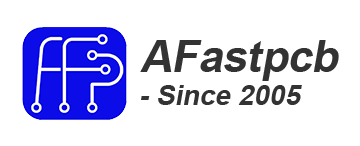Durable electronic design requires fundamentally accurate and high-quality manufacturing. PCB prototyping is a key stage of electronic project development, allowing engineers to design circuit boards and test the results in small-scale production. It usually takes multiple runs to perfect its design.
The main purpose of prototyping is not only to test the concept and function of the design, but also to gradually improve and grow it, so as to reduce the final manufacturing failure as much as possible. This can save unnecessary additional costs and extended project time.
Speed and flexibility are usually the main focus of this development phase to facilitate rapid testing of ideas and amendments when appropriate. The company hopes that the prototype PCB can be quickly turned around because it can verify the design faster and bring the product to the market faster, thereby optimizing sales potential and profitability.
Prototype type
Limited functions: Test each expected final function of the circuit board in a single function board.
Functional concept: Prove the concept of circuits constructed without complete functions.
Working prototype: fully integrated functions, which will be improved through further operation.
Full-featured prototype: Combines all aspects of the function for the final circuit design and the adaptive characteristics developed through operation. The prototype will reflect the final production board.
Main benefits
helps shorten the time from conception to market entry
allows you to do a small amount of test design before mass production
Ensure manufacturability
Quality assurance
Ensure function
Multilayer or high-density board is cost-effective
Reduced expensive rework
Fine-tuned and verified design
Eliminate the fault as early as possible






